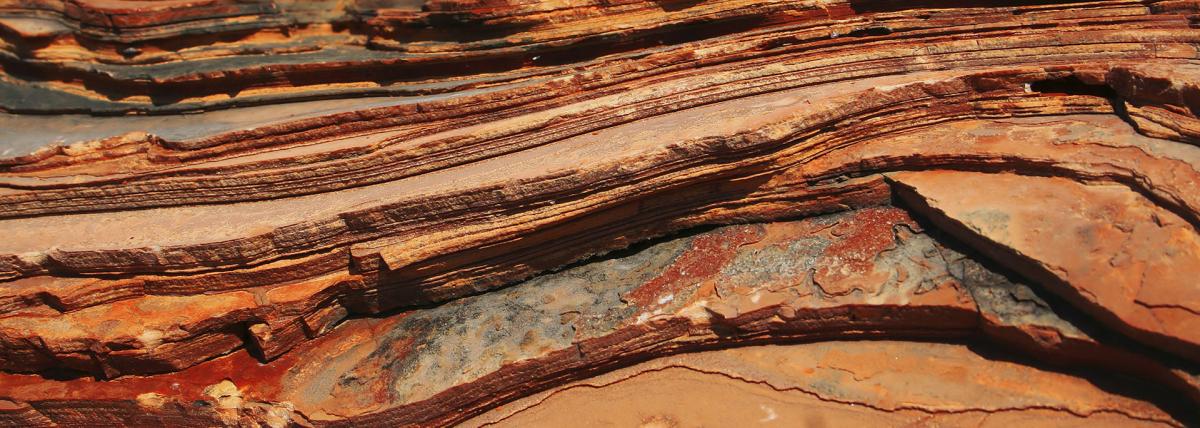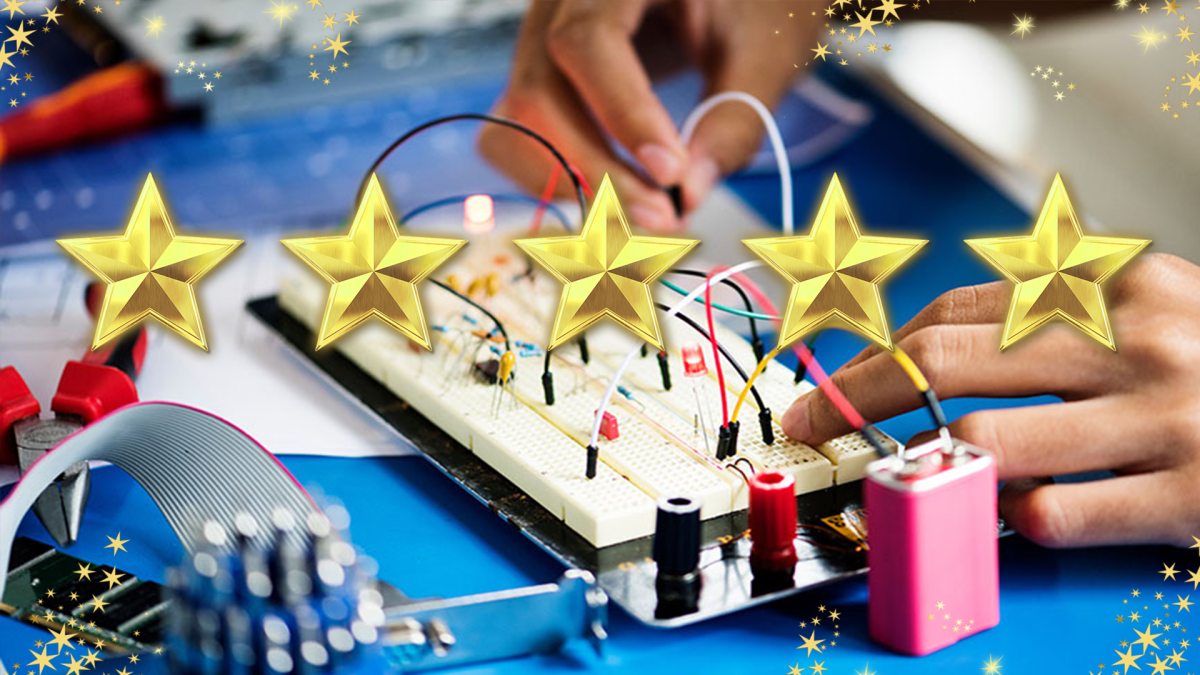In this lesson students will discover harmful effects and chemical makeups of artificial ingredients, specifically food coloring and red dyes. Students will experiment with and demonstrate capillary
This is the part 2 of composting lesson aligned to narrative writing. In this lesson, students embark in the experience of observing the decomposition process of the materials, identifying the factors
This is the part one of the composting lesson that is aligned to the ELA standards of narrative reading and writing. In this lesson, students build their experiences by preparing the bucket composters
Student learn to code robots using VEXs free VEX VR code.
Students learn about the chemistry that exists in some of the world's oldest surviving paintings. This lesson is the final part of a 3 part painting series, and focuses on binding agents in paint
In this laboratory you will use the ELISA (Enzyme Linked ImmunoSorbent Assay) for detecting the presence of an antigen, such as a disease-related agent, from a sample of body fluid. You will be given
Kindergarten students develop an understanding that the world is comprised of living and non-living things. They investigate the relationship between structure and function in living things; plants
Students will be able to recognize that living things are made up of parts. Different animals use their body parts in different ways to see, hear, grasp objects, protect themselves, move from place to
Creating a photosynthesis model out of clay or play-doh and making a video/podcast as an expert panel to provide information and discussionm.
In this 3 day lesson plan, students will discover the relationships between the sun, earth, moon, solar/lunar eclipses and the tides.
Using The Wild Robot by Peter Brown as provocation, students will develop a project integrating math, science, engineering and ELA standards. Students will build a robot prototype and take it through
This lesson is part 2 of 2, Days 3 and 4. This lesson is set up to have students explore the friction bridge designed by Leonardo Da Vinci. Students have discovered the inventor and become familiar
This lesson is part 1 of 2. This lesson is set up to have students explore the friction bridge designed by Leonardo Da Vinci. Students first discover the inventor and become familiar with his life
This lesson will help students learn how to code on micro:bits and create on this mini coding board. Students do not need the physical micro:bit to complete this lesson. On the website, there is a
Over the course of the next 15 days, students will have the opportunity to create a sourdough starter using a one of six different flours provided. This lesson focuses on one of the data collection
Over the course of the next 15 days, students will have the opportunity to create a sourdough starter using one of six different flours provided. This lesson is the first of three lessons that takes
In this lesson, students uses a PhET simulation to investigate the types of energy and its conservation. They then perform an actual experiment to prove or disprove their findings from the simulation.
This lesson plan helps students to use inquiry to develop a lab to test salt vs sugar solutions in how far they will travel through the gel. Inquiry labs are great for those who like to be creative
This lesson is a follow up of lesson 1 of 2. Students will extend the focus of their cause by creating a logo and swag to be presented at an "EXPO" held at your school.
This lesson can be applied to multiple content areas. Following a discussion about what a cause is and looking at examples, students will work in groups to create a name, mission statement, and vision
This lesson plan engages students in beginner composting. Students will discuss, design, and create a homemade composter. The lesson will also engage students in collecting and recording data to
The quintessential chemistry lab, Flame Test Lab! Students will use spectroscopes to identify the component photons of light that are emitted from Spectrum Tubes and Flame Tests. Students will learn
What lives underground? Kinder- 2nd grade students will dig into the life found underground in this 3-part series. In this lesson, students will dig underground to extract soil, investigate/evaluate
This project sets students up to explore animal anatomy and physiology with the idea of replacing a lost appendage (beak, leg, tail, fin, etc.) This is used in small groups of 2 or 3 over the course
Featured Lesson Plans
Check out these notable lesson plans.

Explore Coal Mine Canyon's wonders! Watch a documentary, read about geology, draw the canyon, and use tech to learn about geological layers. Fun, interactive learning awaits!

Makey Makey with The Bionic Kid
Imagine how cool it would be to build a video game controller out of bananas! In this engineering design challenge, you will learn how to use everyday items and a Makey Makey kit to design a

This lesson combines ELA (reading and discussing the story), engineering (design a balloon with materials given and attach the balloon to an EdBot), and technology (code an EdBot to run the parade
